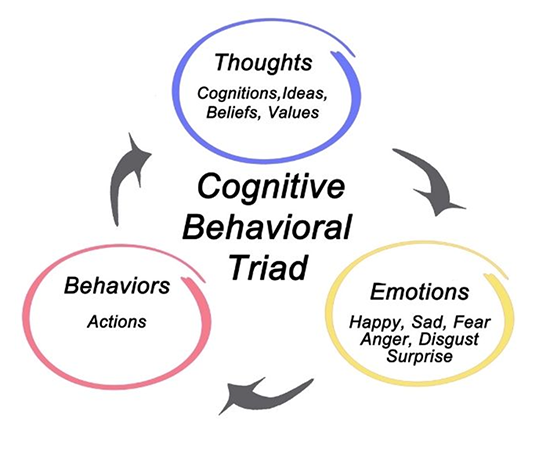What is Exposure Therapy?
Facing Your Fears: Dispelling the Myths of Exposure Therapy
One of the key components of cognitive behavioral therapy (CBT) for anxiety disorders is exposure therapy. This type of therapy helps the person overcome their anxiety by systematically facing their fears in a gradual manner. In recent years, many popular reality TV shows have attempted to introduce exposure therapy to the world. However, this introduction has also brought misunderstandings about what exposure therapy is, how it works, and what to expect when participating. The following are three common myths about exposure therapy.
Myth #1: Exposure therapy is bad for you because it causes anxiety
It is true that anxiety temporarily goes away when you avoid feared situations. So, if that’s the case, then why is avoiding things that make you anxious so problematic? The reason why is that your consistent avoidance of anxiety-provoking situations sends a message to your brain confirming that your fear is valid, that what you are avoiding is indeed something dangerous or bad, despite reality. As a result, your brain will begin to work overtime to protect you from this danger and will set off alarm bells every time you find yourself in that situation. Furthermore, because your brain is like a supercomputer when it comes to finding patterns, over time it will extend its alert system to other situations that look or feel similar to the original fear. Consequently, before you know it, your anxiety is preventing you from doing a number of things you had no problem with before.
With exposure therapy, you will initially feel anxious when facing your fears. However, the purposeful act of seeking out your fear actually sends the opposite message to your brain; a message of acceptance. When you stay in a situation despite the alarms, you give your brain the opportunity to realize that what you are facing is benign — that there is nothing to be frightened of and that you can cope with whatever circumstances arise. As a result, the more you face your fears the less anxious you eventually feel. Much like when burnt toast sets off the smoke alarm, it may be startling at first, but you know the house is not actually on fire.
FACT:
Avoidance = less anxiety now but more anxiety later.
Exposure = some anxiety now but less anxiety later.
Myth #2: Your therapist will force you to do things that frighten you
Often, people with anxiety have been “tricked” into doing exposures by well-meaning family members or friends who think that once you are exposed to it, you will realize there is nothing to be afraid of. However, anyone who has been surprised in this way can attest that it rarely works. This is because exposure therapy works best when the person engages in the exposures willingly. A good CBT therapist will collaborate with you in a process that allows you to decide which exposures you are prepared to do and when. Like a good coach, the therapist will encourage you to push yourself to do exposures that may seem beyond your reach or outside your comfort zone, but ultimately, they will leave the choice to you. If you find that your fears get the best of you and your follow-through becomes difficult, the therapist will help you find ways to increase success, such as breaking things down into smaller steps or giving you gentle encouragement.
FACT: Exposures are always voluntary.
Myth #3: Exposure therapy is too hard and there are easier ways to deal with anxiety
It is true that exposure therapy is initially difficult because you are doing something completely different than what you have done in the past (e.g., facing your fears rather than avoiding them). However, the more you practice, the easier it gets. Most people who participate in exposure therapy find that their confidence begins to increase after a few weeks of consistently practicing exposures on their own. As a result, exposure therapy is actually one of the fastest and most effective ways to overcome anxiety.
FACT: Exposure therapy is one of the best ways to overcome anxiety.

Contact

